(28 results found)
Kol Nidrei (Gebet am Jom Kipur) – Kol Nidrei (Yom Kippur Prayer)
… versus synagogue prayer modes – this number reflects Stutschewsky’s stance for equilibrium and co-existence … Russian-Jew immersed in the Central-European cultural hub, Stutschewsky standpoint was affected by his biography: When … people … Ashkenazim … Cello - Violoncello … Folk songs … Joachim Stutschewsky … Klezmer music … Kol Nidrei (Gebet am …
Hebräischer Tanz (Original aufgenommen von S. Kisselgoff) – Hebrew Dance (Originally transcribed by S. Kisselgoff)
… Tanz über eine Hebräischer Thema (Rosowsky 1914). Stutschewsky may have borrowed the theme from this source.. … the album before the somber Kol Nidrei prayer that ends it. Stutschewsky’s arrangement combines the Hassidic dance tune … people … Ashkenazim … Cello - Violoncello … Folk songs … Joachim Stutschewsky … Klezmer music … Hebräischer Tanz …
Zoock (Volkstanz) – Zhok (Folk dance)
… back to the celebrative moments of traditional Jewish life. Stutschewsky wrote about this genre in his book on klezmer: … a musical example to this thesaurus of klezmer music. (Stutschewsky 1959: 216) This Moldavian and Rumanian dance … people … Ashkenazim … Cello - Violoncello … Folk songs … Joachim Stutschewsky … Klezmer music … Zoock (Volkstanz) – …
Chassidisches Lied – Hasidic Song
… character in sharp contrast to the irony of Bulbe . Stutschewsky constantly emphasized in his writings on the … the mundane, and to praise Shabbat and sacred Holidays. [1] Stutschewsky’s following statement about the role of … people … Ashkenazim … Cello - Violoncello … Folk songs … Joachim Stutschewsky … Klezmer music … Chassidisches Lied – …
Bulbe (Volkslied) – “Potato” (Folksong)
… Eastern-European Jewish folksong. About this category Stutschewsky wrote two important statements which relate to … no. 29). Contrary to previous numbers in the album, here Stutschewsky retained this conventional harmony, and … people … Ashkenazim … Cello - Violoncello … Folk songs … Joachim Stutschewsky … Klezmer music … Bulbe (Volkslied) – …
A Nigun on a soff (chassidisch) – A Tune without Ending
… Schitomirsky and Lwow 1912, no. 59) – most likely, Stutschewsky’s source for the tune – there are differences … approach, as well as a prominent melodic alteration in Stutschewsky’s version. [1] His version is far more somber … people … Ashkenazim … Cello - Violoncello … Folk songs … Joachim Stutschewsky … Klezmer music … A Nigun on a soff …
Lied ohne Worte (chassidisch)
… Worte). (Nadel 1905) Arno Nadel’s Chassidisches Lied In Stutschewsky’s album the order of the title was turned upside down, Lied ohne Worte (Chassidisch) . Stutschewsky’s title stresses the characteristic … people … Ashkenazim … Cello - Violoncello … Folk songs … Joachim Stutschewsky … Klezmer music … Lied ohne Worte …
“Die alte Kasche” (Volkslied) – The Old Question (Folksong)
… song fits the overall minimalist aesthetics of this work. Stutschewsky added the indication nicht eilen (don’t rush) … zogn: radi-ram! also correlates with the spoken Yiddish. Stutschewsky underlined this moment of the song with the f … people … Ashkenazim … Cello - Violoncello … Folk songs … Joachim Stutschewsky … Klezmer music … “Die alte Kasche” …
Nahôn libbo is hujire – Whole-heartedly is the fearful believer
… music of the Yemenite and Babylonian Jews were echoed in Stutschewsky’s writings (1935 and 1946) that also endorse … Idelsohn 1923b, no. 193 Nahôn libbo is hujire arranged by Stutschewsky: Stutschewsky emphasizes the contrast between … people … Ashkenazim … Cello - Violoncello … Folk songs … Joachim Stutschewsky … Klezmer music … Nahôn libbo is hujire …
“Schlof majn Kind, ich wel dich wigen” (Wiegenlied) – Sleep my child, I will cradle you (Lullaby)
… Probably the source for Stutschewsky’s arrangement, as in the case of Unter dem … (quarter = 46 in Schitomirsky and quarter equal 58-63 in Stutschewsky’s.) However, Stutschewsky’s personal … people … Ashkenazim … Cello - Violoncello … Folk songs … Joachim Stutschewsky … Klezmer music … “Schlof majn Kind, …


